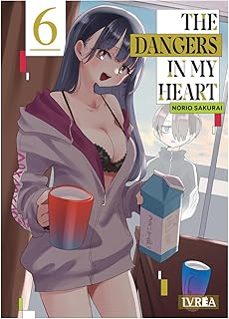📗 Libro en inglés FROM ISLIC TO TOP HAT
CONTANTA VINTILA GHITULESCU
INICIATIVA MERCURIO- 9788493859824
Sinopsis de FROM ISLIC TO TOP HAT
TheAgeof Enlightenment was to "shine" rather differently for the Romanian provinces. Politically speaking, Moldavia and Wallachia,located at what are referred to as the gates of Orient, are under the rule of the Ottoman Empire. This brings with it very strict administrative control, which nevertheless allows the Phanariot rulers (their name comes from Phanar, a neighbourhood in Istanbul) a certain degree of internal autonomy. At the beginningofthe eighteenth century (1711-1716), Constantinople is the main point of reference for rulers, boyars, craftsmen and merchants, who import designs, styles, manners, music and modes of socializingfrom there. Vienna, Paris, London, even Constantinople are far, far away... and although in theory the distance can be covered in a few days and nights, people, especiaIly the aristocracy, do not seriously consider making the journey to the West. There is no official policy in this regard, but fear of being considered "traitors" sets a limit which must not be overstepped. Leaving aside the fear factor, Ottoman civilization has a lot to offer, perhaps much more than the West. Fascinated by luxury, opulence and wealth, boyars get carried away by the mirage of Scheherazade and offer, at least to the outsider, a fairy-tale image that will outlive the dawn of Romanian modernity.
Ficha técnica
Editorial: Iniciativa Mercurio
ISBN: 9788493859824
Idioma: Inglés
Número de páginas: 224
Encuadernación: Tapa dura
Fecha de lanzamiento: 02/04/2012
Año de edición: 2012
Plaza de edición: Valladolid
Especificaciones del producto
Opiniones sobre FROM ISLIC TO TOP HAT
¡Sólo por opinar entras en el sorteo mensual de tres tarjetas regalo valoradas en 20€*!




































